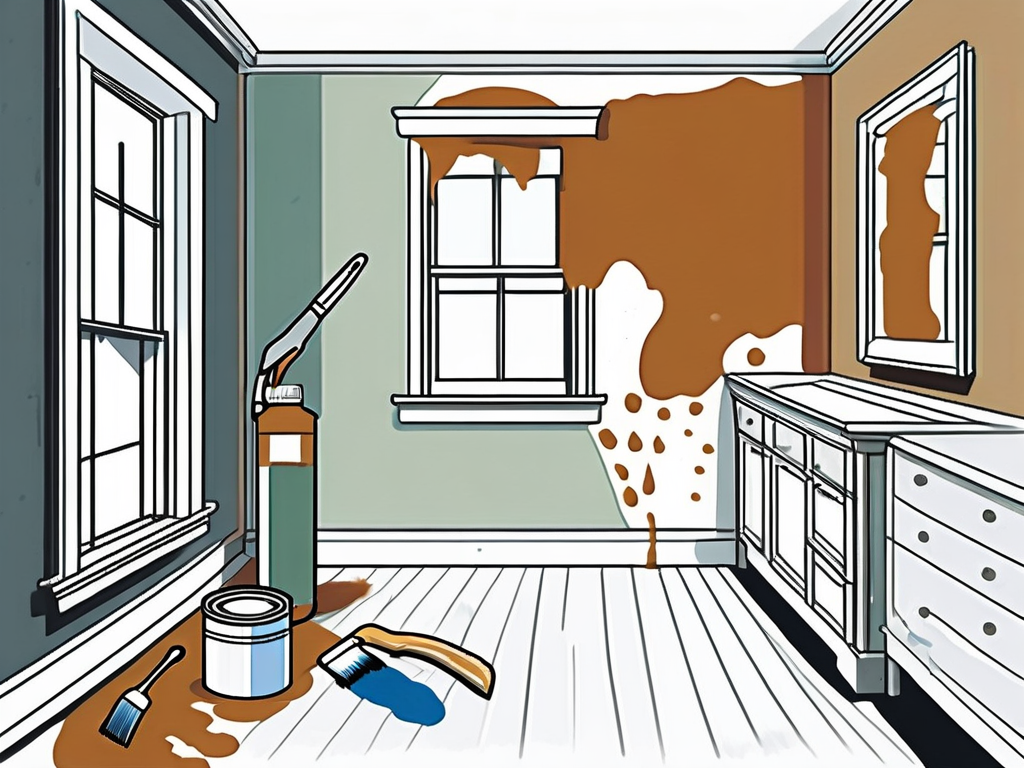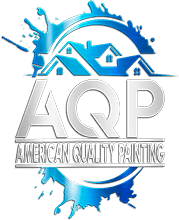After investing time and money into a painting project, it is essential to understand how to properly care for your newly painted surfaces. Proper care not only preserves the appearance of your paint job but also extends its longevity and ensures that your investment remains protected.
Understanding the Importance of Proper Paint Care
Understanding the significance of maintaining your painted surfaces can make a substantial difference in the lifespan of your paint. Whether you’ve just painted a room or applied a fresh coat to your home’s exterior, knowing what to do afterward is crucial.
The Lifespan of Your Paint Job
The lifespan of a paint job varies significantly based on several factors, including the type of paint used, the surface it’s applied to, and the environmental conditions it’s exposed to. Typically, interior paints last between 5 to 10 years, while exterior paints may need refreshing every 5 to 7 years.
If well cared for, some premium paints can last even longer, maintaining their vibrancy and finish over the years. Regular maintenance and prompt attention to minor issues can enhance this lifespan considerably.
Protecting Your Investment
Protecting your investment is not just about the initial cost; it also involves the time and effort you put into the painting process. By regularly maintaining your painted surfaces, you can prevent the need for costly repairs and replacements. Simple preventive measures can help you enjoy your freshly painted surfaces for years to come.
Utilizing quality products and techniques will also go a long way in ensuring your paint remains in optimal condition. By prioritizing the care of your painted surfaces, you actively safeguard your home’s aesthetic and monetary value.
In addition to regular cleaning, it’s essential to inspect your painted surfaces periodically for any signs of wear or damage. Look for peeling, cracking, or discoloration, as these can be indicators that your paint is beginning to fail. Addressing these issues promptly can prevent further deterioration and save you from more extensive repairs down the line. Furthermore, seasonal changes can impact your paint’s integrity, especially in regions with harsh winters or intense summers, making it all the more important to keep a close eye on your surfaces throughout the year.
Another vital aspect of paint care is understanding the specific needs of different surfaces. For instance, wood surfaces may require additional sealing or staining to protect against moisture, while metal surfaces may need rust-inhibiting treatments. By tailoring your maintenance approach to the unique characteristics of each surface, you can ensure that every painted area of your home remains beautiful and functional for as long as possible. This attention to detail not only enhances the visual appeal of your home but also contributes to a healthier living environment, free from mold and other damaging elements.
Initial Steps After Painting
After the final brush stroke is applied, some immediate actions are necessary to ensure that your painted surfaces begin on the right foot. These steps are essential for allowing the paint to cure effectively while minimizing potential damage. Taking the time to care for your freshly painted surfaces can make a significant difference in the longevity and appearance of your work.
The Curing Process
Curing your paint involves allowing it to dry completely and reach its maximum hardness and adhesion. While this may take a few hours for the surface drying, the complete curing process can take from several days to weeks, depending on various factors like humidity, temperature, and the type of paint used. It’s important to note that different types of paint, such as water-based or oil-based, have varying curing times and properties. Understanding these nuances can help you better plan your project and set realistic expectations.
During this time, it is critical to avoid heavy cleaning or placing furniture against freshly painted walls. Allowing the paint to cure properly will prevent later issues like peeling or chipping. Additionally, consider the impact of environmental factors; for example, a humid environment can slow down the drying process, while a dry, hot climate may speed it up. Monitoring these conditions can help you adjust your care routine accordingly, ensuring that your paint job remains pristine.
Immediate Do’s and Don’ts
- Do: Keep the area well-ventilated to facilitate curing.
- Do: Inspect your paint job for any imperfections while it’s still fresh.
- Don’t: Remove painter’s tape prematurely; wait for the paint to harden.
- Don’t: Apply any additional coats of paint until the previous layer is fully cured.
By following these immediate do’s and don’ts, you will help ensure that your paint job starts off right and sets a solid foundation for long-lasting results. Moreover, consider using drop cloths or protective sheets to cover any furniture or flooring in the vicinity, as even minor splatters can become problematic once the paint hardens. This extra precaution can save you from additional clean-up efforts later on, allowing you to enjoy your newly painted space without worry.
Another aspect to keep in mind is the potential for odors that may linger after painting. Many modern paints are formulated to have lower volatile organic compounds (VOCs), which can help reduce unpleasant smells. However, it’s still a good idea to air out the room by opening windows and using fans to promote airflow. This not only helps with the curing process but also ensures that the space is comfortable and inviting as you transition back to regular use.
Regular Maintenance for Painted Surfaces
Once your paint has properly cured, regular maintenance becomes essential. Keeping your painted surfaces clean and addressing wear and tear will help maintain their beauty and integrity for years.
When it comes to cleaning freshly painted surfaces, it’s advisable to use gentle cleaning solutions. Avoid abrasive materials that might scratch the paint; instead, opt for soft cloths or sponges.
For interior walls, a solution of mild detergent and water can work wonders. Regular dusting can also keep surfaces clean and prevent grime accumulation. Remember to always test cleaners in inconspicuous areas first to check for any adverse reactions.
Preventing and Addressing Wear and Tear
Even with the best care, some wear and tear are inevitable. To prevent extensive damage, consider using coasters or placemats where possible, and avoid placing heavy items against painted surfaces if you can help it.
If you notice scuff marks or scratches, it’s best to address them promptly. For minor scuffs, a gentle cleaning may suffice, while deeper scratches might require touch-up paint for optimal results.
Special Considerations for Different Paint Types
Each type of paint presents unique characteristics and care requirements. Understanding the type of paint used on your surfaces is vital to ensuring they remain in great condition.
Caring for Oil-Based Paints
Oil-based paints are known for their durability but require special care. Cleaning solutions that contain solvents are effective for oil-based paints when removing spots. Additionally, ensure that any areas painted with oil-based paint are not exposed to excessive moisture, as this can lead to issues over time.
Always allow oil-based paints ample time to cure to avoid any damage. Regular inspections will help identify and address potential issues early.
Caring for Latex Paints
Latex paints are a popular choice due to their ease of cleanup and durability. When maintaining latex paints, focus on using water-based cleaning methods. These paints are more susceptible to blending and smudging if subjected to harsh chemicals, so stick with gentle solutions.
Latex paints allow for quick Repainting, which may be necessary as they tend to wear more rapidly in high-traffic areas. Regular touch-ups can significantly extend the visually appealing life of these surfaces.
Troubleshooting Common Paint Problems
Even with the best care, you might encounter common paint problems. Knowing how to troubleshoot these issues can save you time and maintain your painted surfaces effectively.

Dealing with Peeling or Cracking
If you notice peeling or cracking, it’s often a sign of moisture problems or inadequate surface preparation prior to painting. Fixing this can be as simple as scraping off the loose paint and applying a primer before repainting the affected area.
Ensuring that your surfaces are moisture-free before painting can prevent these issues from occurring in the first place. Regular inspections will help you catch and address signs of trouble early.
Addressing Stains and Discoloration
Stains and discoloration can disrupt the aesthetics of your freshly painted surfaces. For minor stains, gentle scrubbing with mild detergent can be effective. For persistent stains, consider using a stain-blocking primer before repainting.
In high-use areas like kitchens and bathrooms, applying a washable paint can help minimize staining. Additionally, regular cleaning will prevent the buildup of dirt and grime that could lead to discoloration over time.
In conclusion, taking care of your newly painted surfaces involves a series of thoughtful steps, from understanding proper care techniques to troubleshooting common issues. By prioritizing maintenance, you ensure that your investment maintains both its physical and aesthetic appeal for many years.

